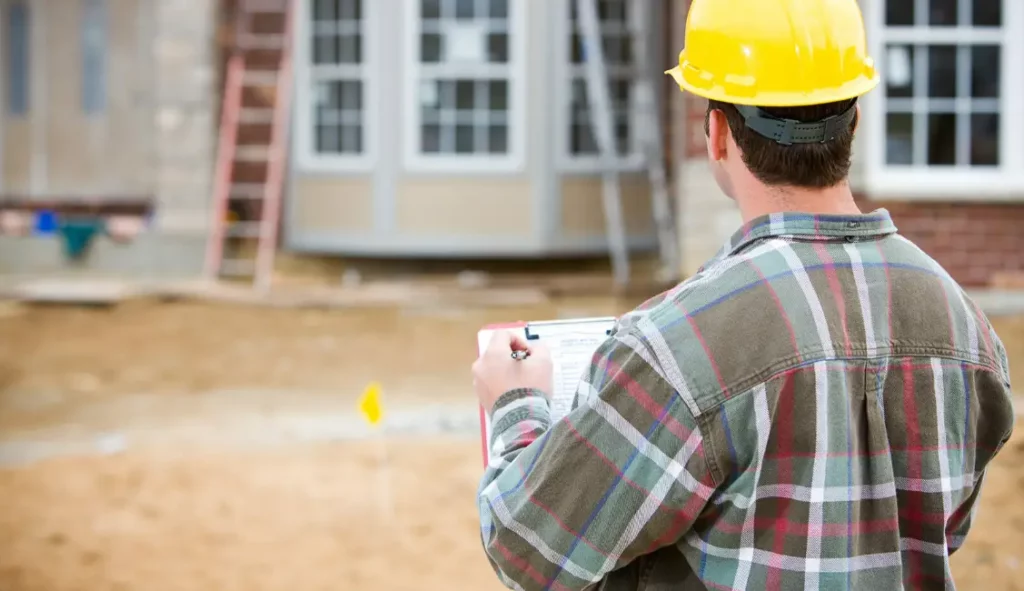Buying an older home can be a journey filled with nostalgia and unique charm. These properties often come with a distinctive architectural style and a sense of history that newer homes simply cannot match.
However, while these homes can be enticing with their distinctive characteristics and potential for a lower purchase price, they also come with their own set of challenges. It is crucial for buyers to undertake a thorough inspection to uncover hidden issues that might not be immediately apparent. But the question is – What exactly should be inspected when buying an older home?
Relax! We’ve got you covered. In this article, we will guide you through the essential checks and considerations, ensuring you make a well-informed decision in your quest for a home with a soul.
Foundation and Structural Integrity

One of the most critical aspects to inspect in an older home is its foundation and overall structural integrity. The foundation is the bedrock of the home, and any issues here can lead to major problems in the future.
Start by examining the home’s exterior for any visible cracks or signs of shifting, as these can indicate foundation problems. Additionally, pay attention to the interior walls and ceilings for cracks, which might suggest structural movement or settling. Don’t overlook the floors either; unevenness can indicate underlying issues.
Remember to hire a structural engineer for a comprehensive evaluation, as they can provide expert insights into the condition of the home’s foundation and structure.
Presence of Hazardous Materials
When inspecting an older home, it’s vital to be vigilant about the presence of hazardous materials, which were commonly used in construction in the past. Lead-based paint is a primary concern, especially in homes built before 1978. It can pose serious health risks, particularly to children if the paint is chipping or deteriorating.
Another insidious material to be aware of is asbestos, often found in older homes. It was widely used for insulation, tiling, roofing, and even in some flooring adhesives due to its heat-resistant properties. However, asbestos is hazardous when disturbed, as its fibers can become airborne and inhaled, leading to severe health issues. For more detailed information and guidance on asbestos and its removal, you can refer to https://utahcountyasbestosabatement.com/ and read all the required information. But remember that it is not always easy to identify asbestos-containing materials, so it’s essential to involve experts who can conduct specialized tests and provide guidance on handling or removal if necessary.
Electrical Wiring and Plumbing
In older homes, the electrical wiring and plumbing systems are often areas of concern. Thus, it’s crucial to thoroughly inspect the electrical system, including the fuse box, wiring, and outlets. Older homes may still have knob-and-tube wiring, which can be a fire hazard and might not support modern electrical loads.
Similarly, the plumbing in these homes needs careful examination. Look for signs of corrosion, leaks, or outdated materials like galvanized pipes, which can lead to poor water quality and pressure problems. It’s also important to check the water heater’s age and condition, as older units can be less efficient and more prone to failure.
Consider bringing in a licensed electrician and plumber for these inspections, as they can provide a detailed assessment and recommend necessary upgrades or repairs. This ensures the home’s systems are safe, functional, and up to date with current standards.
Roof and Exterior

Inspecting the roof and exterior of an older home is essential, as these areas are crucial for ensuring the home’s overall protection and insulation. Start by examining the roof for any signs of damage, such as missing or broken shingles, sagging, or evidence of water penetration. The roof’s age is also important; older roofs may require replacement or significant repairs.
Next, assess the home’s exterior, including the condition of the siding, paint, and any visible structural elements. Look for cracks, rot, or damage that could indicate deeper issues. Windows and doors also deserve attention for signs of wear, poor insulation, or structural problems. These components are vital for energy efficiency and security. So, address these issues early on to prevent costly repairs in the future.
Local Area and Amenities
Evaluating the local area and amenities is an often-overlooked but vital part of purchasing an older home. Investigate the neighborhood to understand the quality of life it offers, including the availability of schools, shopping centers, parks, and hospitals.
Also, consider the ease of access to public transportation and major roads, as this can impact daily commuting and the overall convenience of living in the area. The local crime rates and future development plans can also significantly affect your living experience and the home’s future resale value.
Conclusion
We hope you found this article informative. Armed with this knowledge, you are now better prepared to navigate the complexities and nuances of purchasing an older home.
Remember, each home has its story and peculiarities, and with the right approach, you can turn an older house into a cherished and comfortable home for years to come. Happy house hunting!
